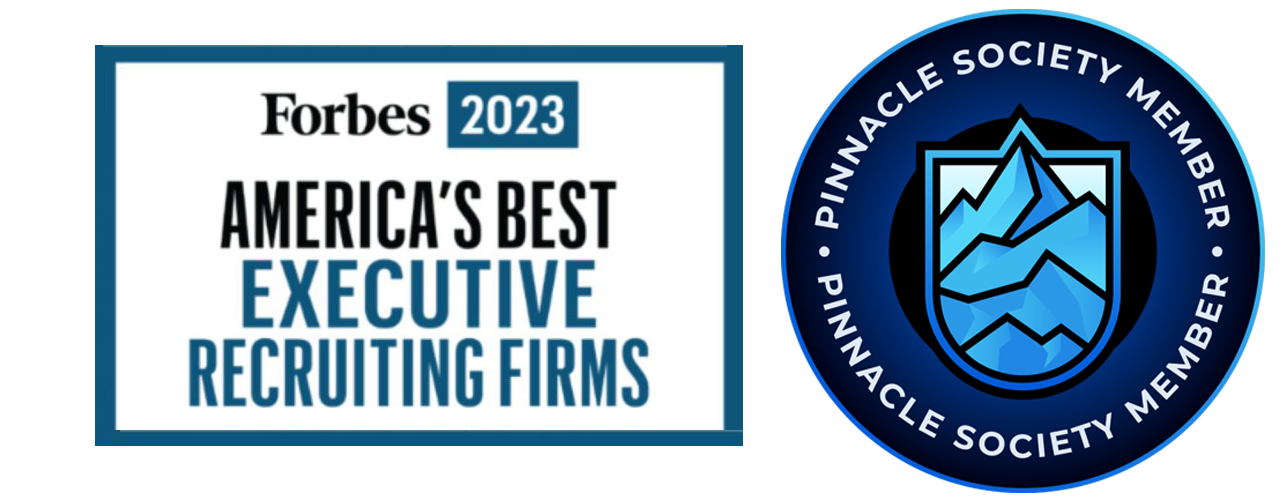Article Written By: Author Michael Brown is Global Head of HCM, HCL Technologies./
This is part two in our look at integrating cloud-based human capital management applications. Experts advise customers to take a holistic view of the acquire-to-retire life-cycle and work with a trusted IT partner to create a tailored roadmap.
Part one of this series examines how the current business challenges facing human resources departments are impacting IT buying trends: The $4.3 Billion War for Talent – Part One.
Looking at today’s business challenges, there is a need for human capital management (HCM) solutions that are not only agile, mobile and have a consumer-grade UI, but also address the local and global requirements of customers; allowing them to run their analytics and/or predictive HCM analytics from one place.
Taking into account these considerations, SAP and SuccessFactors, an SAP company, offer the best of both worlds. SAP continues to provide market-leading, on-premise HCM solutions that address the legal and country-specific needs of more than 50 countries. And SuccessFactors brings with it a fantastic range of cloud-based core HR, talent management and collaboration solutions with a complete range of pre-delivered metrics and cloud-based benchmarking tools. The case in point here is that talent management, unlike core human resources information systems (HRIS), needs to be dynamic; requiring frequent changes and the addition of rich functionality. Such changes and functionality additions are very well supported in the SuccessFactors world through regular quarterly releases.
Taking a strategic approach
While customers can still choose to run either solution independently, many are showing a great deal of interest in a new hybrid model. A hybrid model is where a customer opts to use the core HCM on-premise solution as the main employee database to run all of their time-based and payroll processes, and the cloud solution for all their talent management processes.
Whatever the scenario, it is important to understand that one size will not necessarily fit all. Hence the strategic approach to a solution needs to be based on the following criteria.
• Improved strategic alignment: Try to close the gap between strategy and execution. Look for a partner with a long track record in HCM and HCM-related technologies and somebody with demonstrable skills in the field of cloud.
• Increased efficiency and productivity: Working with your chosen partner, you should analyze your current situation and look at how you can optimize your HRIS and talent management. In addition you should look to capitalize on workforce analytics to increase overall productivity and organizational performance.
• Accelerated business results with a HCM roadmap: In order to maximize business results in a shorter time period, you should work closely with your partner to develop an HCM roadmap. This should take into account organizational strategy, growth opportunities, HCM process and technologies.
Making the technology work for you
SuccessFactors, like other cloud systems, is configurable but not customizable. There may be defined processes within organizations that the SuccessFactors HCM suite may not support. Here, experts with HCM domain knowledge and SuccessFactors expertise (which includes a good understanding of the complete HR cloud suite from SuccessFactors, Meta Data Framework (MDF) and SAP HANA Cloud Platform, extension package for SuccessFactors) should be engaged. They will be able to leverage their knowledge for discovery and/or requirements analysis and deliver credible advice on which processes should change to adapt to the software, or which processes should be enhanced in the software for maximum business advantage.
Organizational change management, testing and training capabilities
Solutions from SuccessFactors, like many other top-of-the-line-cloud products, are based on industry-leading practices. This may mean dramatically different HR processes than what the organization is used to; in some cases they may be entirely new processes, such as implementing succession planning where none existed previously. Therefore, organizational change management (OCM), training and testing are key ingredients of a successful adoption of the new application. This is an important step as the bigger the gap between your current processes and the ones you will be adopting, the greater the OCM requirement. As result every SuccessFactors implementation should include OCM as part of standard project methodology.
Conclusion: accelerating business value
Recent technology advances have sparked business innovations we could only imagine a few short years ago. To keep pace, many clients feel the urgency to explore options for evaluating, optimizing, and extending the technology landscape for their current human capital management (HCM) functions.
At this juncture, IT and HR executives first must determine the most advantageous strategic direction to address current technology gaps and leverage modernized HR technology to accelerate business value from human capital management applications. Through taking a holistic view of the ‘acquire to retire’ lifecycle and adopting a best-practice approach to identifying, implementing and maintaining a best-fit solution, organizations can further ensure their HCM deployment is a success.
Author Michael Brown is Global Head of HCM, HCL Technologies.
